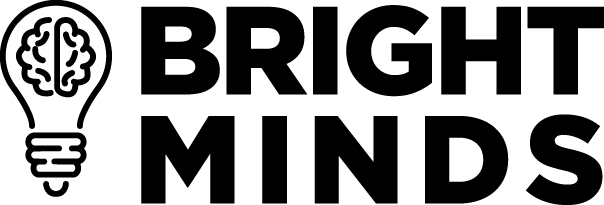Psychedelic drugs for treating depression can no longer be ignored, we are informed in a recent opinion piece by leading psychedelic drug researcher Robin Carhart-Harris. In fact, not since the advent of SSRI antidepressants has a new treatment modality for this massively prevalent and devastating condition generated such hope.
As pioneers in the field, MAPS and Compass Pathways are bringing psychedelic drugs (MDMA and psilocybin, respectively) for intractable mental health conditions ever closer to the regulatory finish-line. A major factor behind their success in enlisting the FDA’s cooperation is that, when administered appropriately, psychedelic drugs are not only highly effective, but also notably safe.
Unlike traditional antidepressants, which are taken indefinitely, have serious side-effects, and can be difficult to withdraw from, the psychedelic drug protocol typically achieves treatment goals through a finite number of treatments. For older adults, who are already the greatest consumers of pharmaceutical drugs, a therapy for depression that doesn’t further stuff their bulging pillboxes is excellent news.
Depression in older age can be exacerbated by social isolation, failing health, grief and a diagnosis of terminal illness. It is also a common complication of Alzheimer’s disease and dementia, where traditional antidepressants are largely ineffective.
While psychedelic drugs appear poised to live up to their promise as a breakthrough therapy, there are risks associated with using this class of drugs, and older adults may be particularly sensitive to them.
Some may not have the stamina for an hours-long “trip”. Also, certain drugs, including psilocybin, activate a specific receptor in the brain that is associated with serious, and even fatal, heart damage.
Engineering out the risks
Biotechnology startup, Bright Minds is developing 2nd-generation analog compounds intended to overcome these health risks. The company has assembled a stellar team of scientists who are currently working on engineering psilocybin-like compounds that are stripped of potential toxicities and offer a more attenuated treatment experience.
The company is betting that the safety features offered by these enhanced molecules will make them a more viable option for older adults, and their patentability, more attractive to investors.
I spoke about Bright Mind’s ambitions in a Zoom-versation with Dr. Alan Kozikowski, who is a vastly experienced organic chemist, drug developer and now the company’s lead scientist.
“There’s a potential to treat the depression that accompanies aging with a psilocybin analog, and the reason I say analog is that we have concerns that psilocybin itself may cause too big of a trip. And when you’re dealing with an individual that’s compromised in terms of their health, you’re going to need to have them very carefully monitored if you’re going to give them psilocybin itself.”
Interestingly, Kozikowski didn’t entirely discount the possibility that psilocybin could actually arrest neurodegenerative processes, and even improve memory in Alzheimer’s patients, citing its “psychoplastogenic” qualities:
“There is a possibility you can get formation of new neurons, and you might restore certain synaptic connections… but whether that actually manifests itself in patients I think is another matter that’s just going to take a lot of study.”
Cluster headaches
For now, Bright Minds is testing the potential of one of its designer compounds for the treatment of a simpler disease state – cluster headaches. (Interestingly, psychic and physical pain seem to trigger similar brain responses.)
According to information on the company’s website, this severe form of headache far exceeds migraines in terms of experienced pain, to the point that it can even drive its sufferers to suicide.
At least one study, and anecdotal evidence from patient support groups, indicates that cluster headaches respond well to psilocybin. Because of its clear and quickly evident endpoints, Bright Minds has targeted this condition as the first target to test its psilocybin-like compounds. As Kozikowski notes, “either you get rid of the headache or you don’t”.
And as Kozikowski stresses , the treatment option from Bright Minds will be safer and more standardized than the mushrooms that cluster headache patients are growing in their garages.
Psychedelics and Cannabis
For all the differences between the cannabis and psychedelic drug industries, this phenomenon underlies some of their similarities. Both are built upon a long tradition of people who self-medicate using an outlawed plant medicine they can grow themselves (often paying a terrible price for defying prohibition), and are comfortable with the imprecision that using a natural material entails.
But for the masses – and in the case of depression, there are literally masses – a tested, consistent and ideally-insurance-covered drug will better answer this pressing need. And just as they are slowly but surely embracing cannabis, older adults will avail themselves of the benefits of psychedelic drugs tailored for their needs as well.
Both cannabis and psychedelic drugs are making their circuitous way into the mainstream. And especially for the latter, shortening the trip will only make it longer.
Kozikowski estimates that it will take about two years of preclinical work before they zero in on an investigative new drug, and then another 2-3 years of clinical trials before Bright Minds can introduce a first drug into the market.
For those who don’t want to wait, Johns Hopkins is enlisting patients for a clinical study on psilocybin for treating patients with early Alzheimer’s disease. I look forward to hearing the results…
Originally published on Forbes.com

